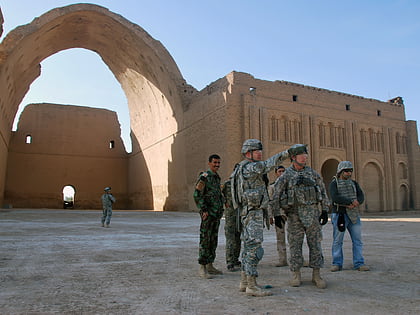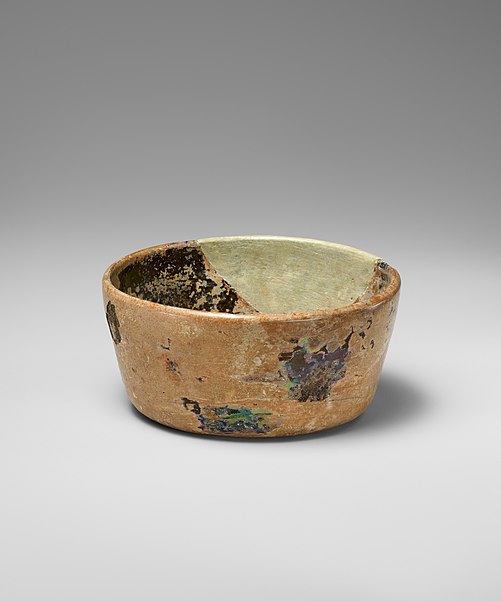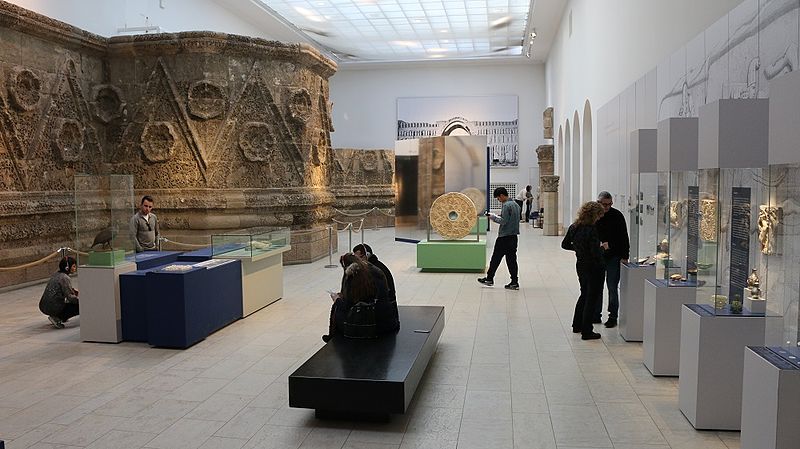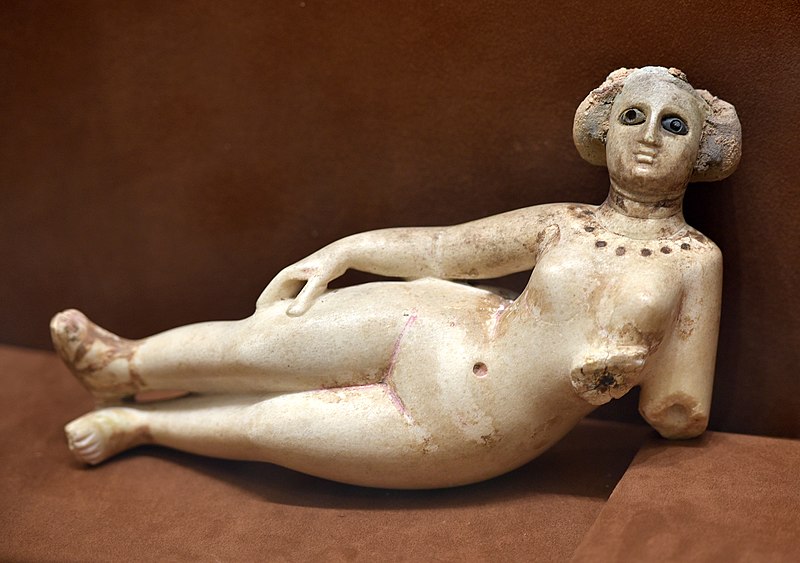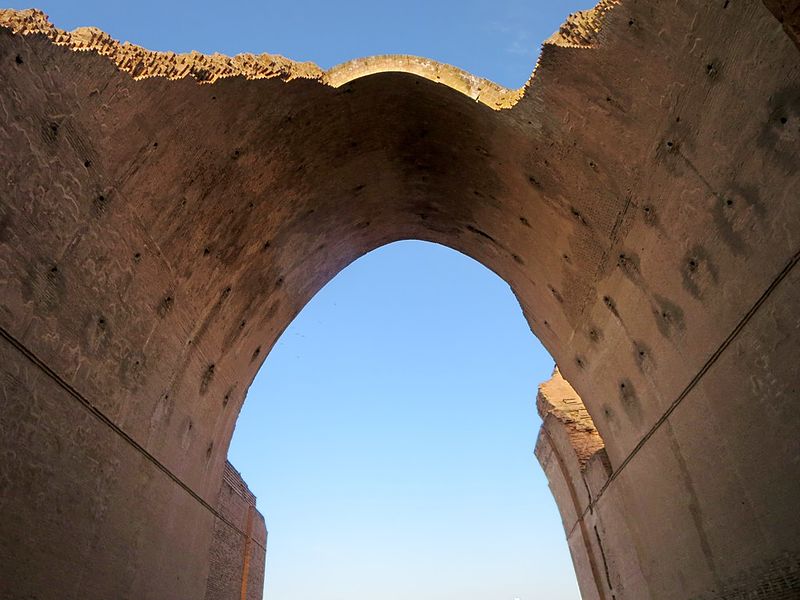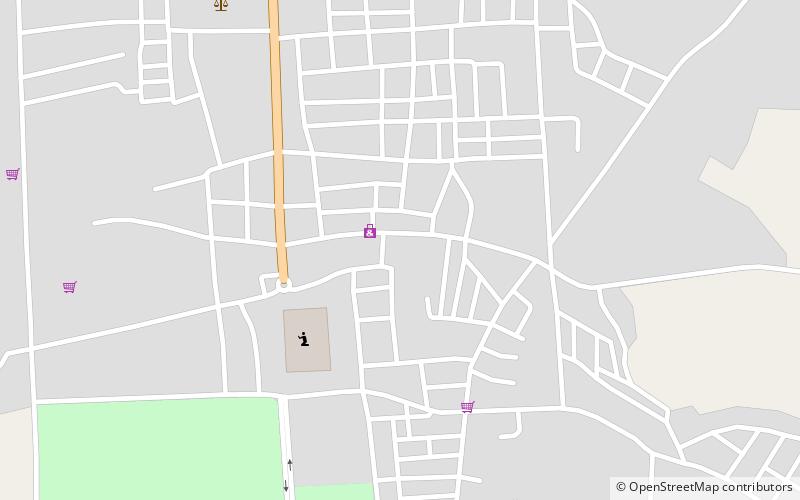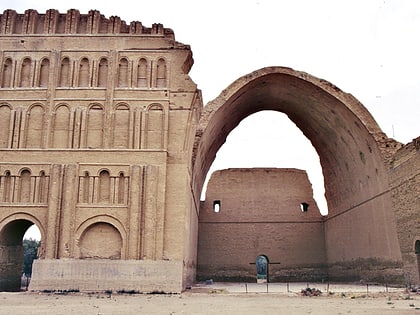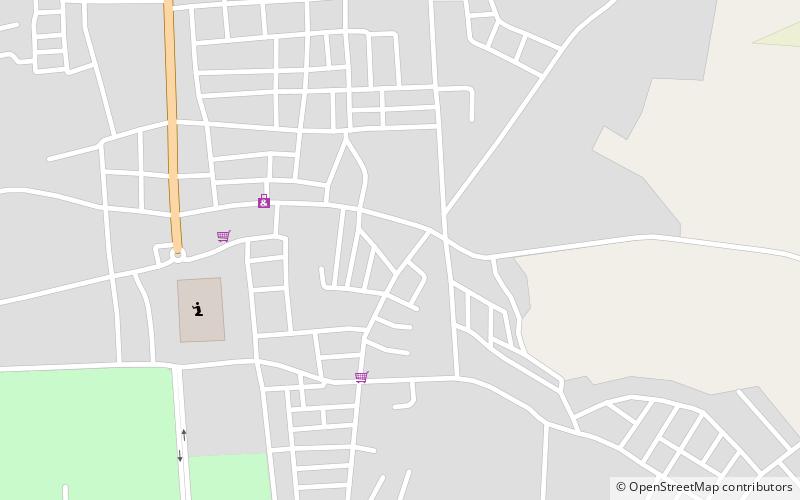Ctesiphon
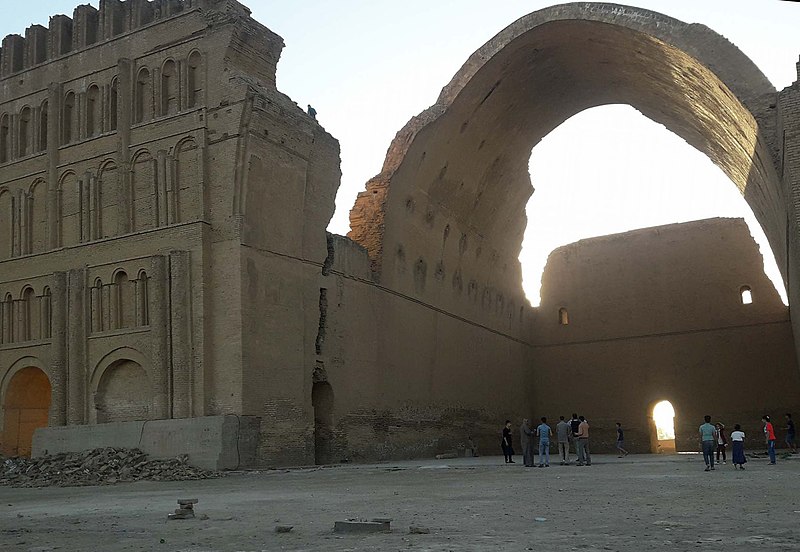
Facts and practical information
Ctesiphon, an ancient city on the banks of the Tigris River, stands as a testament to the grandeur of past civilizations in what is now modern-day Iraq. This archaeological site, located approximately 35 kilometers southeast of Baghdad, was once the capital of the Parthian and Sassanian Empires and is renowned for its remarkable architectural remnants.
The most iconic structure at Ctesiphon is the Taq Kasra, also known as the Arch of Ctesiphon. This majestic archway is one of the largest single-span vaults of unreinforced brickwork in the world. Constructed during the reign of the Sassanian king Khosrow I in the 6th century, the arch originally formed part of a grand palace complex and served as an imposing entrance. Despite centuries of conflict and exposure to the elements, the arch still stands today, though in a fragile state, as a symbol of ancient Persian engineering and artistry.
The site of Ctesiphon has witnessed the ebb and flow of empires, having been conquered by Romans, sacked by Arabs, and later falling under the dominion of the Mongols. Its strategic location along the Silk Road facilitated the exchange of goods, culture, and ideas between the East and West, contributing to its prominence and wealth in ancient times.
Today, Ctesiphon is an invaluable archaeological site that offers insights into the cultural and political life of ancient Mesopotamia. While much of the city lies in ruins, the remnants that survive provide a window into a bygone era of splendor and sophistication. Preservation efforts are ongoing, although the site faces challenges due to environmental factors and the geopolitical situation in the region.
Diyala
Ctesiphon – popular in the area (distance from the attraction)
Nearby attractions include: Salman Al-Farsi Mosque, Taq Kasra, Al-Mada'in District, Salman Pak.
